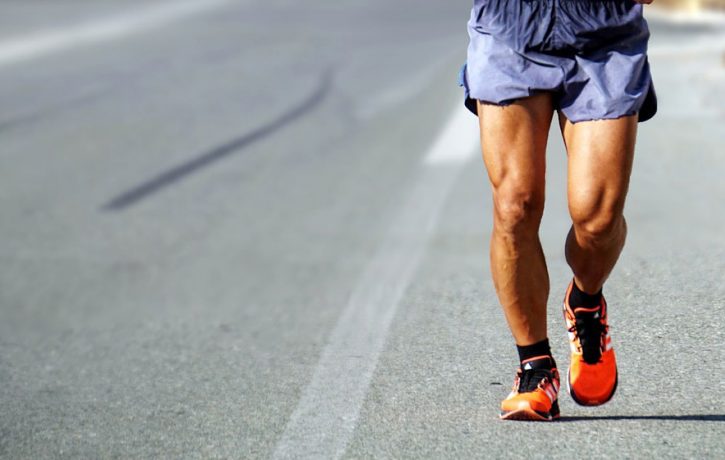What are Shin Splints?

Shin splints are one of the most common running-related injuries, affecting around 15% of novice runners within the first year. The cause of the problem will differ from person to person and symptoms can usually have more than one factor.
Medically known as medial tibial stress syndrome, shin splints
It is important to address the cause in order to manage the problem effectively. This requires a thorough assessment by a healthcare professional experienced in running-related injuries.
Runners often focus on managing the symptoms without addressing the underlying mechanisms. This can lead to ongoing pain and can even result in more significant injury, such as a stress fracture, and not only reducing sporting performance
It can often be the result of too much too soon.
There is evidence that novice runners that start running more than 3 kilometres in the 1st 2 weeks of training have
Evidence also suggests that individuals taking less than 2 rest days per week have more than 5 times risk of developing overuse injuries. This reinforces the importance of progressing your training gradually.
Higher weight and poor strength/endurance are factors associated with increased risk of developing shin splints but can also be aggravated by sudden changes in terrain or even new running shoes. However, a lack of flexibility has been specifically shown not to aggravate shin splints so stretching should not really help to prevent it
It is important to note that mechanical factors (such as overstriding or a cross over gait pattern that can aggravate symptoms) are not the same for everyone and the mechanics associated with the injury can differ from runner to runner. An individual assessment is always required
If you are concerned with any aspect of your
- Non-Pharmacological Solutions for Managing Pain in Parkinson’s - 19th February 2025
- The Healing Touch: How Massage Benefits People with Spinal Injury Pain - 28th January 2025
- Understanding Achilles Tendinopathy and Its Contributing Factors - 11th December 2024
